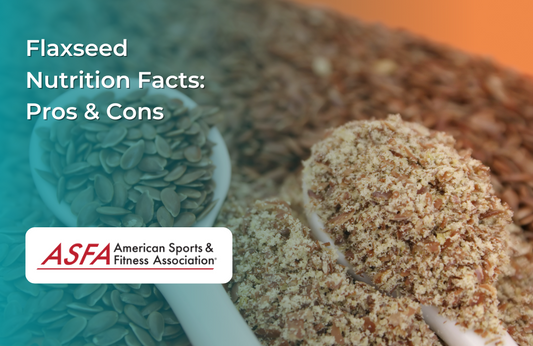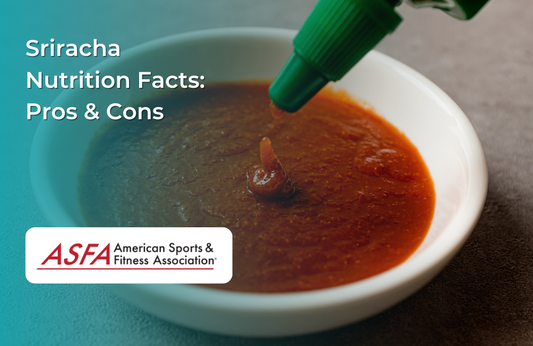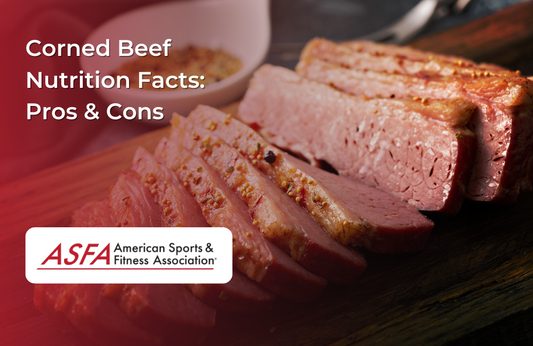Corned beef is a salt-cured beef product known for its rich flavor and tender texture. It is commonly used in sandwiches, hash, and traditional dishes like corned beef and cabbage. While it provides protein and essential nutrients, its high sodium and fat content should be considered when incorporating it into a balanced diet. Understanding its nutritional profile helps determine how it fits into a healthy eating plan.
Corned Beef Nutrition Facts: Pros and Cons of its Nutritional Profile
A three-ounce serving of commercially prepared corn beef contains approximately two hundred to two hundred fifty calories, fifteen to eighteen grams of protein, and fifteen to twenty grams of fat, depending on the cut. Cooked corned beef brisket has a similar nutritional profile, with a comparable calorie count, protein, and fat content per serving. Corned beef is high in sodium, with a single serving providing around eight hundred to one thousand milligrams, which can contribute to high blood pressure if consumed in excess. It is a good source of iron, zinc, and B vitamins, particularly vitamin B12, which supports red blood cell production and energy metabolism. The curing process enhances its flavor but also increases its sodium and preservative content.
What is Corned Beef?
Corned beef is a type of salt-cured meat that originates from beef brisket or round cuts. The term “corned” comes from the large grains of rock salt, known as “corns,” used in the curing process. This method of preservation dates back centuries and was initially used to extend the shelf life of meat before refrigeration. The beef is soaked in a brine solution made of salt, water, and various spices, which not only preserves the meat but also imparts a distinctive, savory flavor. Corned beef is a staple in many traditional dishes and is especially popular during St. Patrick’s Day celebrations.
How is Corned Beef Made?
The process of making corned beef involves several meticulous steps to ensure the meat is flavorful and tender. It starts with selecting a cut of beef, typically brisket, which is then trimmed of excess fat. The trimmed beef is submerged in a brine solution composed of salt, water, and a blend of spices such as peppercorns, bay leaves, and mustard seeds. This brining process can take several days, allowing the flavors to deeply penetrate the meat. After brining, the beef is thoroughly rinsed to remove excess salt. The final step involves cooking the beef, either by boiling or steaming, until it reaches an internal temperature of 160°F (71°C). Once cooked, the corned beef is ready to be sliced and enjoyed in various dishes.
Pros of Corned Beef
Corned beef is an excellent source of high-quality protein, which supports muscle growth, repair, and overall strength. The health benefits of corned beef include its role in muscle growth due to its high protein content and its contribution to overall health with essential micronutrients like vitamin B12 and iron. Corned beef briskets are rich in zinc and iron, which contribute to immune function, red blood cell production, and metabolism. The B vitamins in corned beef, particularly vitamin B12, play a crucial role in nerve function and energy production. When cooked properly, corned beef has a rich, flavorful taste and tender texture, making it a satisfying addition to meals. It is highly versatile and can be used in various dishes, from traditional meals to sandwiches and hash.
Cons of Corned Beef
Corned beef is high in sodium due to the curing process, which can contribute to high blood pressure and water retention when consumed in large quantities. Corned beef is categorized as processed red meat, which is high in sodium, cholesterol, and fat, and consuming it in excess can lead to various health issues, including heart disease and obesity. It contains a significant amount of saturated fat, which, when consumed in excess, may impact heart health and cholesterol levels. The curing and processing of corned beef processed meat may introduce preservatives such as nitrates and nitrites, which have been linked to potential health concerns when consumed frequently. Compared to leaner protein sources, corned beef is relatively calorie-dense, requiring portion control for those managing calorie intake.
Cooking and Preparation Methods
Corned beef is incredibly versatile and can be prepared using several cooking methods, each bringing out unique flavors and textures:
-
Boiling: Place the corned beef in a large pot of boiling water. Simmer for 3-4 hours, or until the meat is tender. This method is traditional and results in a moist, flavorful corned beef.
-
Steaming: Use a steamer basket to cook the corned beef for 2-3 hours. Steaming helps retain the meat’s moisture and tenderness.
-
Pan-frying: For a crispy texture, slice the corned beef thinly and pan-fry in a skillet with a small amount of oil until golden brown.
Corned beef can also be the star ingredient in a variety of recipes. Popular dishes include corned beef hash, corned beef sandwiches, and the classic corned beef and cabbage. These recipes showcase the meat’s rich flavor and make excellent use of cooked corned beef leftovers.
Comparison to Other Meats
When comparing corned beef to other meats, it’s important to consider its nutritional profile. Corned beef is a processed meat, which means it has higher sodium and saturated fat content compared to some other protein sources. For instance, a typical serving of corned beef contains around 250 calories, 25 grams of protein, 15 grams of fat, and 1000 milligrams of sodium. In contrast, grass-fed beef offers a leaner option with approximately 200 calories, 25 grams of protein, 10 grams of fat, and 500 milligrams of sodium per serving. Chicken breast and turkey breast are even leaner, with about 140 calories, 30 grams of protein, 3 grams of fat, and 250 milligrams of sodium each.
While corned beef is rich in protein, vitamins, and minerals, its higher sodium and saturated fat content means it should be consumed in moderation. Balancing corned beef with other leaner meats and nutrient-dense foods can help create a healthier diet.
Conclusion
Corned beef is a flavorful and protein-rich meat that provides essential vitamins and minerals, including iron, zinc, and B12. While it can be an enjoyable part of a balanced diet, its high sodium, fat, and preservative content should be considered. Consuming corned beef in moderation, choosing leaner cuts, and balancing it with nutrient-dense foods helps maximize its benefits while minimizing potential health risks.
FAQs
Is corned beef healthy?
Processed meats like corned beef provide protein and essential nutrients, but their high sodium and saturated fat content, along with the associated health risks such as increased cancer risk, mean they should be consumed in moderation as part of a balanced diet.
Can people with high blood pressure eat corned beef?
Corned beef is high in sodium, which can contribute to high blood pressure, so individuals with hypertension should limit their intake or choose lower-sodium options.
Does corned beef contain preservatives?
Yes, many commercially processed corned beef products contain nitrates and nitrites, which act as preservatives and enhance flavor.
Is corned beef good for muscle building?
Yes, corned beef is high in protein, which supports muscle growth, but leaner protein sources may be a healthier option due to corned beef's fat and sodium content.
How can I make corned beef healthier?
Choosing leaner cuts, rinsing the meat before cooking to reduce sodium, and pairing it with vegetables can help make corned beef a healthier choice. Homemade corned beef typically uses regular pickling salt, resulting in a grayish color, as opposed to the pink color of store-bought options that contain sodium nitrite, which acts as a preservative.





